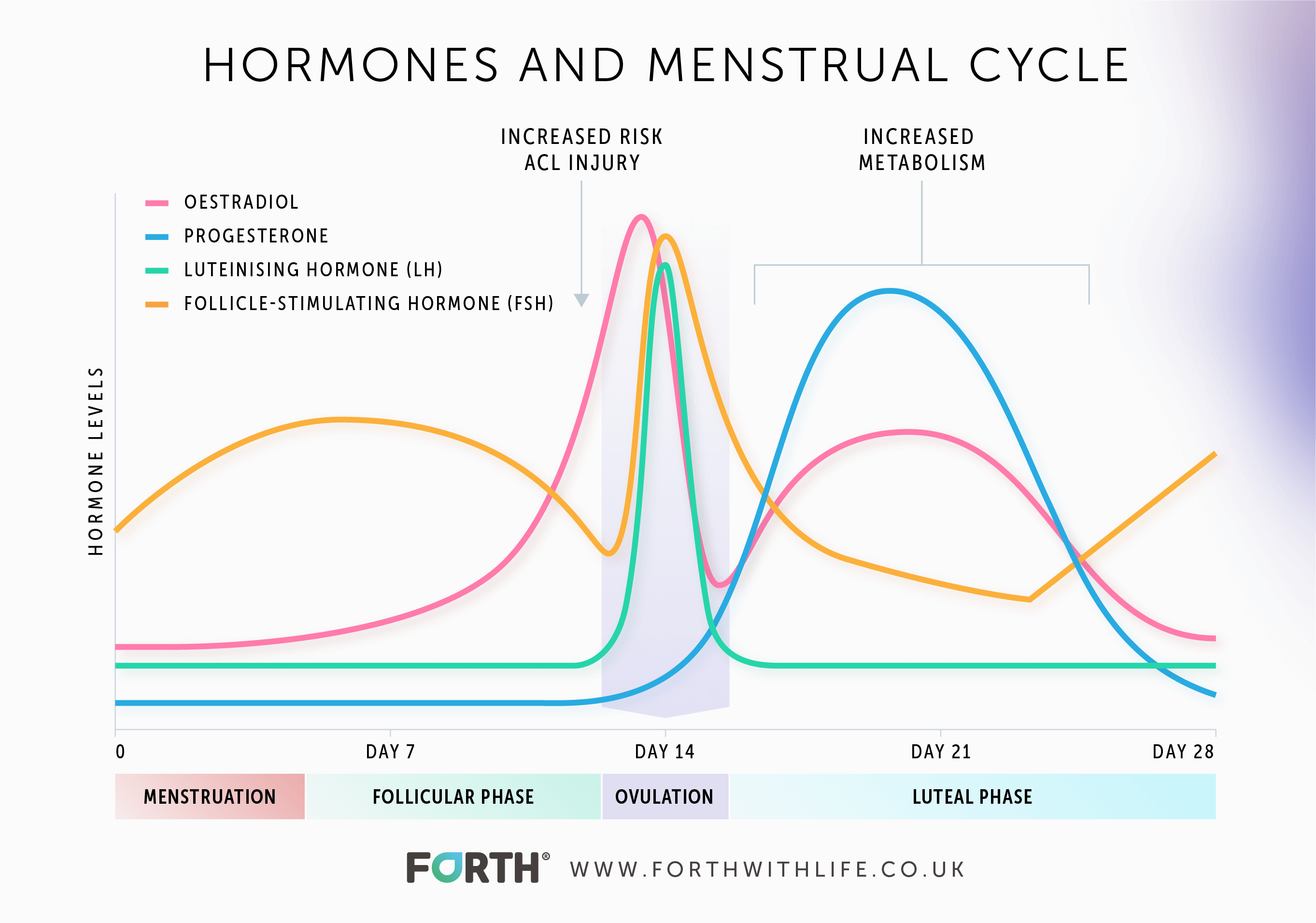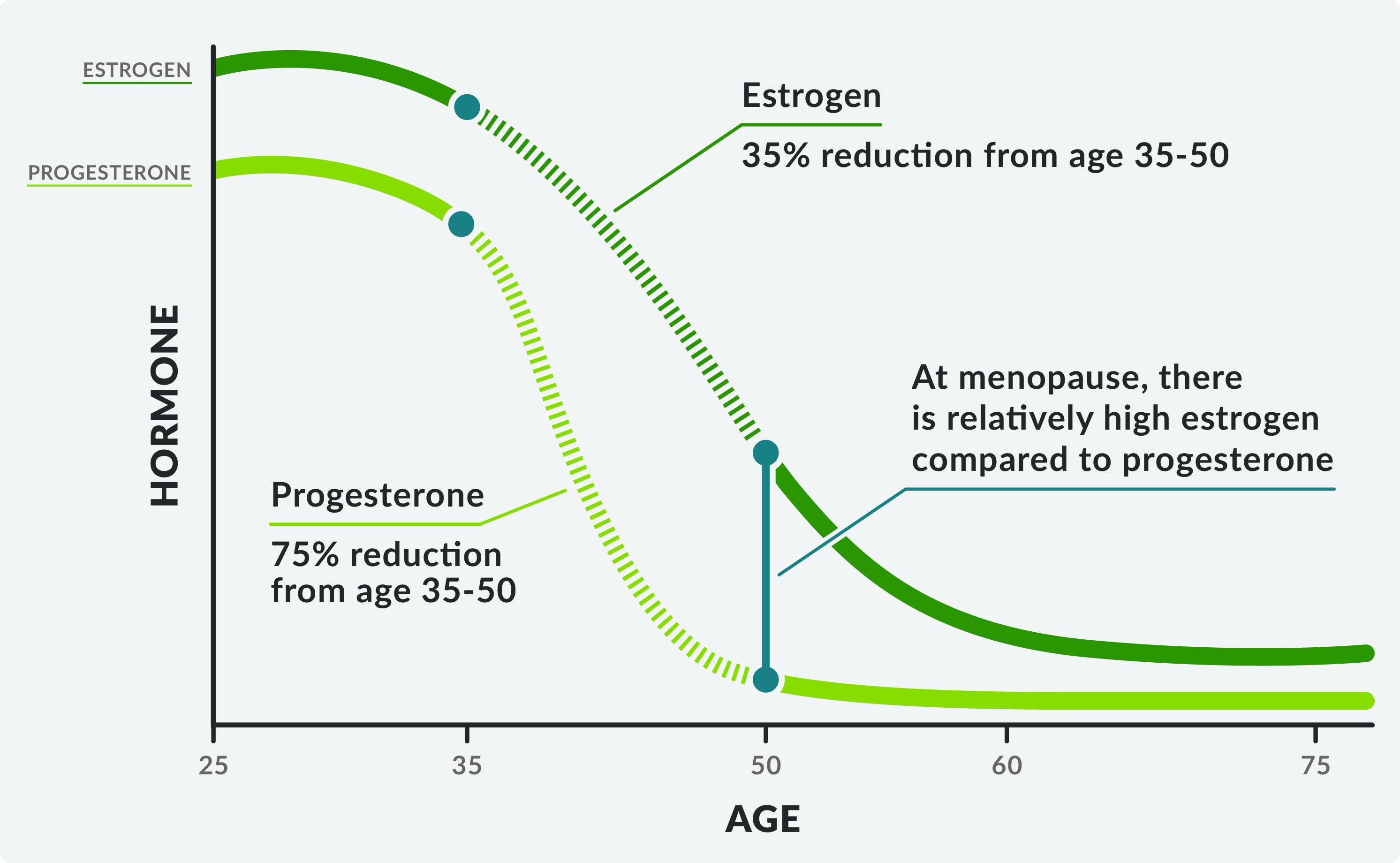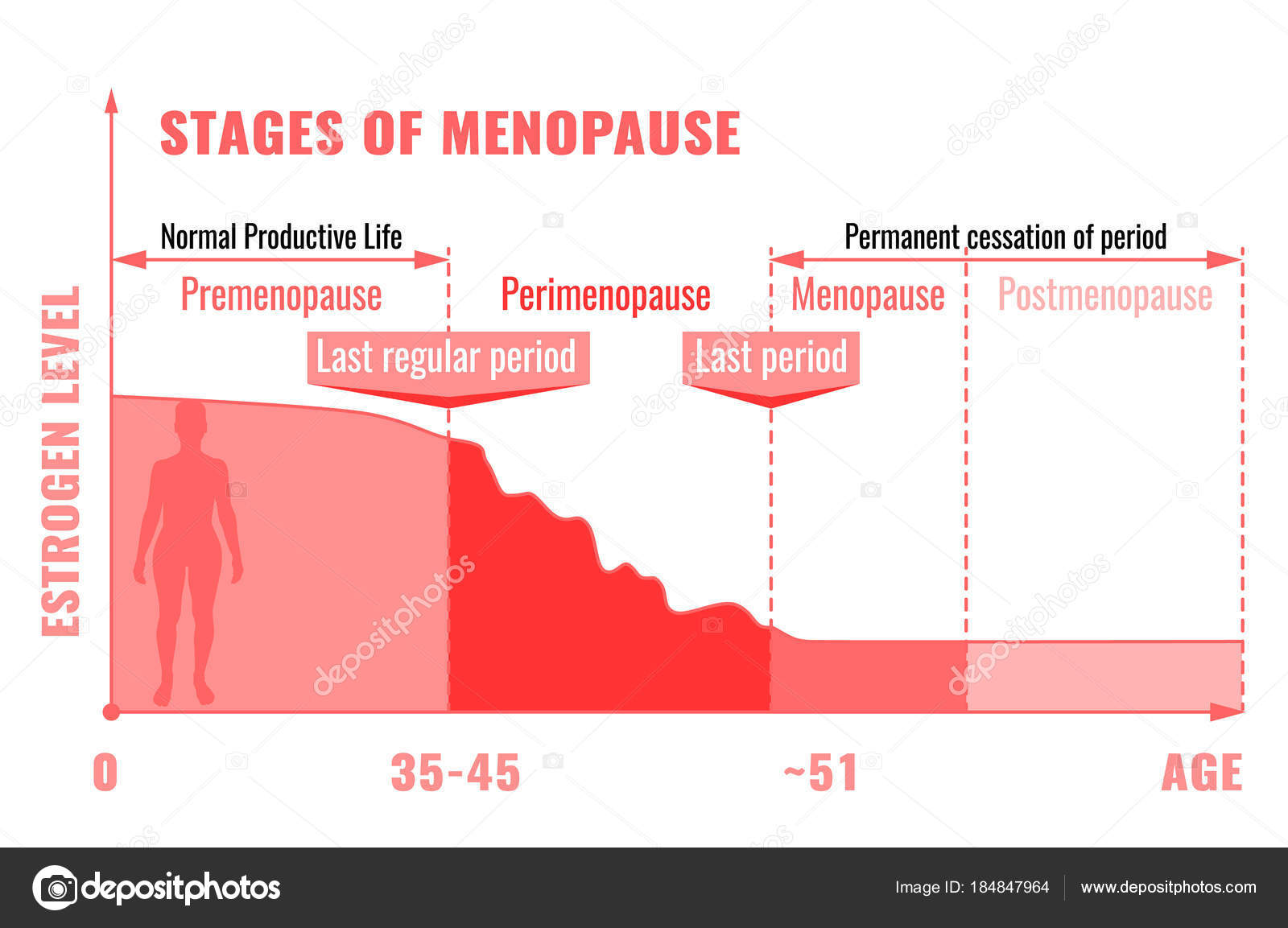Progesterone menopause, a crucial phase in a woman’s life, marks the cessation of menstruation and significant hormonal shifts. This guide delves into the intricacies of progesterone’s role, its impact on menopause symptoms, and the available treatment options, empowering women with knowledge and support as they navigate this transition.
As progesterone levels decline during menopause, a cascade of physical and emotional changes can occur. Understanding these changes and the potential remedies can help women manage their symptoms and enhance their overall well-being during this transformative time.
Progesterone Levels in Menopause
Progesterone is a hormone that plays a crucial role in the menstrual cycle and pregnancy. During the menstrual cycle, progesterone is produced by the ovaries after ovulation and helps prepare the uterus for pregnancy by thickening its lining. If pregnancy does not occur, progesterone levels drop, leading to the shedding of the uterine lining and the onset of menstruation.
Changes in Progesterone Levels During Menopause
As women approach menopause, their ovaries gradually produce less estrogen and progesterone. This decline in hormone levels leads to changes in the menstrual cycle, including irregular periods, lighter periods, and eventually, the cessation of menstruation. Progesterone levels typically decrease more gradually than estrogen levels during menopause, but they can still have a significant impact on menopause symptoms.
Impact of Low Progesterone Levels on Menopause Symptoms
Low progesterone levels can contribute to a range of menopause symptoms, including:
- Hot flashes
- Night sweats
- Mood swings
- Irritability
- Difficulty sleeping
- Vaginal dryness
These symptoms can be managed through lifestyle changes, such as regular exercise, a healthy diet, and stress reduction techniques. In some cases, hormone replacement therapy may be recommended to help alleviate menopause symptoms.
Progesterone Replacement Therapy (PRT)

Progesterone replacement therapy (PRT) is a medical treatment that involves administering progesterone to women who are experiencing symptoms of menopause due to a deficiency of progesterone. The primary purpose of PRT is to alleviate these symptoms and improve the overall well-being of women during menopause.
PRT is available in various forms, including oral tablets, transdermal patches, vaginal rings, and injections. The choice of administration method depends on individual preferences, medical history, and the severity of symptoms.
Benefits of PRT
- Relieves hot flashes and night sweats
- Improves sleep quality
- Reduces mood swings and irritability
- Prevents bone loss and osteoporosis
- Protects against endometrial hyperplasia and cancer
Risks of PRT
- Increased risk of blood clots
- Breast tenderness
- Headaches
- Nausea
- Weight gain
It is important to note that PRT is not suitable for all women and should only be used under the guidance of a healthcare professional. Regular monitoring is necessary to assess the effectiveness and safety of PRT and to adjust the dosage as needed.
Natural Remedies for Low Progesterone
Natural remedies may provide an alternative approach to managing low progesterone levels. These remedies aim to boost progesterone production or mimic its effects in the body.
Dietary Sources of Progesterone-Like Compounds
Certain foods contain compounds that exhibit progesterone-like activity. These include:
- Wild yams: Contain diosgenin, a precursor to progesterone.
- Soy products: Rich in isoflavones, which have weak estrogenic and progesterone-like effects.
- Flaxseeds: Contain lignans, which bind to estrogen receptors and may increase progesterone production.
Herbs and Supplements
Several herbs and supplements are believed to support progesterone production or have progesterone-like effects:
- Vitex (chasteberry): Regulates the pituitary gland, which controls hormone production, including progesterone.
- Evening primrose oil: Contains gamma-linolenic acid, which may increase progesterone production.
- Magnesium: Essential for hormone production and may support progesterone synthesis.
- Zinc: Necessary for the conversion of cholesterol to progesterone.
Lifestyle Modifications, Progesterone menopause
In addition to dietary and herbal remedies, lifestyle modifications can also influence progesterone levels:
- Stress management: Chronic stress can disrupt hormone balance, including progesterone.
- Regular exercise: Moderate exercise may increase progesterone production.
- Adequate sleep: Sleep deprivation can interfere with hormone regulation.
Lifestyle Factors Affecting Progesterone Levels
Lifestyle factors can significantly impact progesterone levels. Understanding these factors can help individuals maintain healthy hormone balance during menopause.
Diet
A balanced diet rich in certain nutrients can support healthy progesterone production. Key nutrients include:
- Magnesium:Essential for enzyme function in progesterone synthesis.
- Vitamin B6:Involved in the conversion of cholesterol to progesterone.
- Zinc:Supports the function of the corpus luteum, which produces progesterone.
- Omega-3 fatty acids:May help reduce inflammation and support hormonal balance.
Exercise
Regular exercise can help maintain healthy progesterone levels. Exercise promotes blood flow to the ovaries, facilitating the production of progesterone. Additionally, exercise can reduce stress, which can positively impact progesterone production.
Stress
Chronic stress can disrupt the production of progesterone. When the body is under stress, it releases cortisol, which can inhibit progesterone synthesis. Managing stress through techniques such as yoga, meditation, or spending time in nature can help maintain healthy progesterone levels.
Progesterone and Other Hormones

Progesterone plays a crucial role in menopause, interacting with other hormones to regulate various bodily functions. Understanding these interactions is essential for managing menopause symptoms effectively.
Progesterone and Estrogen
Progesterone and estrogen are the two primary female sex hormones. During menopause, estrogen levels decline significantly, leading to the characteristic symptoms of hot flashes, night sweats, and vaginal dryness. Progesterone, on the other hand, has a balancing effect on estrogen, helping to mitigate these symptoms.
Progesterone and Thyroid Hormones
Thyroid hormones are essential for metabolism and overall well-being. Progesterone can influence thyroid hormone levels, and imbalances in either hormone can contribute to menopause symptoms such as fatigue, weight gain, and mood swings.
Progesterone and Cortisol
Cortisol is a stress hormone that can have a negative impact on progesterone levels. When cortisol levels are high, progesterone production can be suppressed, leading to increased symptoms of anxiety, insomnia, and weight gain.
Hormone Imbalances and Menopause Symptoms
Imbalances in progesterone and other hormones can contribute to the severity and duration of menopause symptoms. For example, low progesterone levels can lead to more severe hot flashes, while high cortisol levels can exacerbate anxiety and insomnia.
Progesterone and Bone Health
Progesterone plays a crucial role in maintaining bone health, particularly in women during and after menopause. It helps regulate bone metabolism, which involves the ongoing process of bone formation and resorption.
Low progesterone levels, as experienced during menopause, can significantly impact bone density. Progesterone helps stimulate the production of osteoblasts, cells responsible for bone formation. When progesterone levels decline, osteoblast activity decreases, leading to reduced bone formation and increased bone loss.
Impact on Bone Density
- Progesterone deficiency can accelerate bone loss, leading to decreased bone density and an increased risk of osteoporosis, a condition characterized by weak and brittle bones.
- Osteoporosis can result in an increased susceptibility to fractures, especially in the spine, hip, and wrist, which can significantly impact mobility and overall well-being.
Use in Osteoporosis Prevention and Treatment
Due to its role in bone metabolism, progesterone has been explored as a potential therapy for preventing and treating osteoporosis in postmenopausal women.
- Progesterone replacement therapy (PRT) has been shown to increase bone mineral density and reduce the risk of fractures in postmenopausal women.
- PRT involves the administration of synthetic progesterone to supplement the body’s declining natural production.
Progesterone and Mood

Progesterone is a hormone that plays a crucial role in regulating mood, particularly during menopause. It is known to have a calming and anti-anxiety effect, helping to stabilize emotions and reduce mood swings.
Low Progesterone Levels and Mood
As women approach menopause, their progesterone levels naturally decline. This decline can lead to a number of mood-related symptoms, including:
- Irritability
- Mood swings
- Depression
- Anxiety
- Insomnia
These symptoms can significantly impact a woman’s quality of life, affecting her relationships, work, and overall well-being.
Progesterone Supplements for Mood Improvement
In some cases, progesterone supplements may be prescribed to help improve mood during menopause. These supplements can help to restore progesterone levels, alleviating mood-related symptoms and promoting emotional balance.
It is important to note that progesterone supplements should only be used under the guidance of a healthcare professional, as they may not be suitable for all women.
Progesterone and Heart Health: Progesterone Menopause

Progesterone, a hormone primarily associated with female reproductive function, has recently gained attention for its potential role in heart health. Studies have shown that progesterone may possess beneficial effects on the cardiovascular system, particularly in postmenopausal women.
Progesterone and Inflammation
Inflammation plays a significant role in the development and progression of cardiovascular diseases. Progesterone has been found to have anti-inflammatory properties, reducing the production of inflammatory cytokines and promoting the resolution of inflammation. By mitigating inflammation, progesterone may help protect against the development of cardiovascular disease.
Progesterone and Blood Lipid Profiles
Progesterone has also been shown to have a positive impact on blood lipid profiles. It may increase the levels of high-density lipoprotein (HDL) cholesterol, the “good” cholesterol, and decrease the levels of low-density lipoprotein (LDL) cholesterol, the “bad” cholesterol. By improving the balance of cholesterol levels, progesterone may help reduce the risk of atherosclerosis, a condition characterized by the buildup of plaque in the arteries.
Progesterone in Cardiovascular Disease Prevention and Treatment
The potential benefits of progesterone for heart health have led to its investigation as a potential therapeutic agent for cardiovascular disease prevention and treatment. Studies have shown that progesterone may reduce the risk of cardiovascular events in postmenopausal women, including heart attacks and strokes.
It may also be beneficial in the treatment of heart failure, improving cardiac function and reducing symptoms.
End of Discussion
Progesterone menopause is a multifaceted experience that requires a personalized approach to management. By understanding the hormonal fluctuations, exploring treatment options, and adopting healthy lifestyle practices, women can navigate this transition with confidence and maintain their quality of life. Remember, you are not alone in this journey; seeking support from healthcare professionals, support groups, or trusted individuals can provide invaluable guidance and encouragement.
Top FAQs
What are the common symptoms of progesterone menopause?
Progesterone menopause can manifest in various symptoms, including hot flashes, night sweats, mood swings, vaginal dryness, and sleep disturbances.
How does progesterone replacement therapy (PRT) help with menopause symptoms?
PRT replenishes progesterone levels, alleviating symptoms such as hot flashes, mood swings, and vaginal dryness. It can also help preserve bone density and reduce the risk of osteoporosis.
Are there any natural remedies that can boost progesterone levels?
Certain natural remedies, such as wild yam, evening primrose oil, and chasteberry, contain phytoestrogens that mimic the effects of progesterone and may help alleviate symptoms.
How does diet and exercise affect progesterone levels?
A healthy diet rich in fruits, vegetables, and whole grains can support progesterone production. Regular exercise helps regulate hormones and reduces stress, which can positively impact progesterone levels.